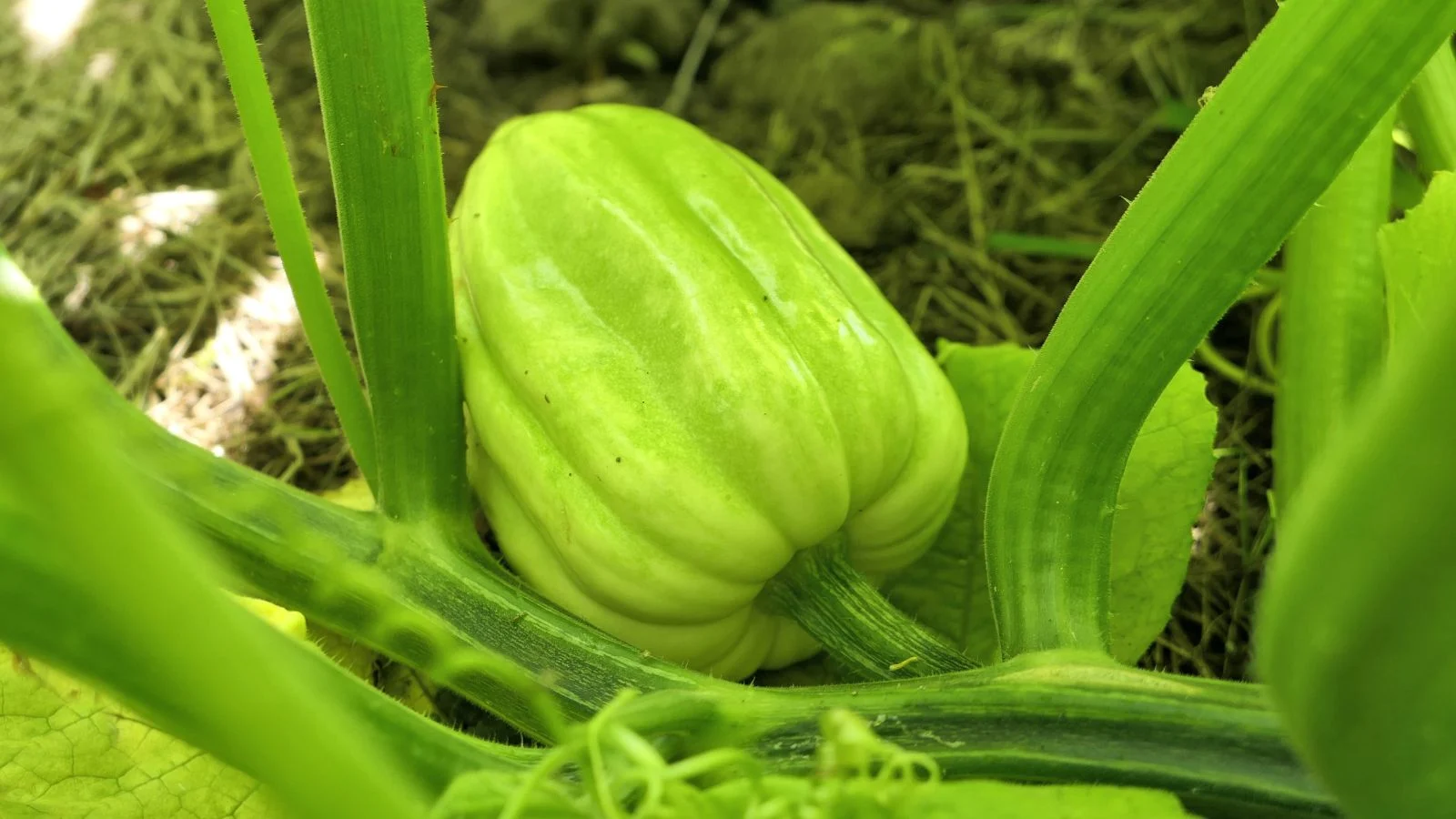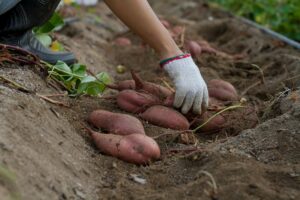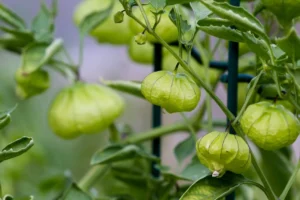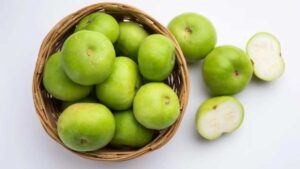How to Grow and Use Acorn Squash: A Complete Guide
Growing acorn squash can be incredibly rewarding for home gardeners. These compact winter squashes offer delicious flavor, excellent storage life, and impressive nutritional value. Whether you have a spacious garden, a small patio, or just a sunny windowsill, you can successfully grow these versatile vegetables using the right techniques.
Understanding Acorn Squash
Acorn squash (Cucurbita pepo) is a winter squash variety known for its distinctive ribbed exterior and sweet, nutty-flavored flesh. These squashes typically weigh between 1-3 pounds and feature dark green skin with occasional orange patches. Their compact size makes them perfect for individual servings and versatile culinary applications.
Key Growing Requirements
Before planting acorn squash, it’s important to understand their basic needs:
| Growing Factor | Requirement |
|---|---|
| Sunlight | Full sun (6-8 hours daily) |
| Soil pH | 6.0-6.8 (slightly acidic) |
| Temperature | 70-85°F optimal growing range |
| Spacing | 3-4 feet between plants |
| Days to Maturity | 80-100 days |
| Water Needs | 1-2 inches weekly |
| Planting Time | After last frost date |
| Companion Plants | Corn, beans, nasturtiums |
| Poor Companions | Potatoes, brassicas |
Growing Acorn Squash in Your Garden

Selecting the Perfect Location
Your acorn squash needs plenty of sunshine and well-draining soil to thrive. According to the USDA Natural Resources Conservation Service, squash plants prefer loamy soil with high organic matter content. Choose a location that receives at least 6-8 hours of direct sunlight daily and has good air circulation to prevent fungal diseases.
For reference, you can check the USDA Plant Hardiness Zone Map at: https://planthardiness.ars.usda.gov/ to determine the best planting time in your region.
Preparing Your Garden Soil
Preparing proper soil is critical for healthy acorn squash plants:
- Start by removing weeds and debris from your planting area
- Incorporate 2-3 inches of compost or well-rotted manure
- Test your soil pH (aim for 6.0-6.8)
- Consider adding a balanced organic fertilizer before planting
Planting Acorn Squash Seeds Directly in the Garden
When soil temperatures consistently reach 60°F (usually 2-3 weeks after the last frost), you can direct-sow your acorn squash seeds:
- Create small mounds about 3-4 feet apart
- Plant 3-4 seeds per mound, 1 inch deep
- Water thoroughly after planting
- Once seedlings reach 2-3 inches tall, thin to the strongest 2 plants per mound
Caring for Garden-Grown Acorn Squash
Provide consistent care throughout the growing season:
- Water deeply once or twice weekly, applying approximately 1-2 inches of water
- Apply mulch around plants to retain moisture and suppress weeds
- Monitor for pests like squash bugs and cucumber beetles
- Consider applying row covers until flowering to protect young plants
Growing Acorn Squash in Containers
Don’t have garden space? No problem! Acorn squash can thrive in containers with proper care.
Selecting the Right Container
Choose a container that’s:
- At least 5 gallons in capacity (larger is better)
- Has excellent drainage holes
- Is made of a durable material like plastic, ceramic, or fabric grow bags
Container Soil Mix
Create an ideal growing medium:
- Combine equal parts potting soil, compost, and perlite
- Add a slow-release fertilizer according to package directions
- Ensure the mix is light and well-draining
Planting and Growing in Containers
- Fill your container to about 1 inch below the rim
- Plant 2-3 seeds in the center, 1 inch deep
- Water thoroughly until water drains from the bottom
- Place in a location receiving 6+ hours of direct sunlight
- Thin to the strongest plant once true leaves form
- Install a trellis or support system for vertical growth
Container Care Requirements
Container-grown squash requires more attention than garden plants:
- Check soil moisture daily, watering when the top inch feels dry
- Feed with liquid organic fertilizer every 2-3 weeks
- Rotate containers occasionally for even light exposure
- Hand-pollinate flowers if necessary (using a small brush)
Growing Acorn Squash Indoors
While challenging, growing acorn squash entirely indoors is possible with the right setup.
Indoor Growing Setup
For successful indoor growing:
- Select a dwarf or bush variety of acorn squash
- Use a container at least 5 gallons in size with drainage
- Position near a south-facing window or under grow lights
- Provide 12-14 hours of bright light daily
- Maintain temperatures between 70-80°F
- Ensure good air circulation with a small fan
Hand-Pollination for Indoor Plants
Indoor squash plants need help with pollination:
- Identify male (thin stem) and female (small squash behind flower) blossoms
- When both are open, transfer pollen from male to female using a small paintbrush
- Pollinate in the morning when flowers are fully open
- Repeat with multiple male flowers for better success
Starting Acorn Squash from Seeds
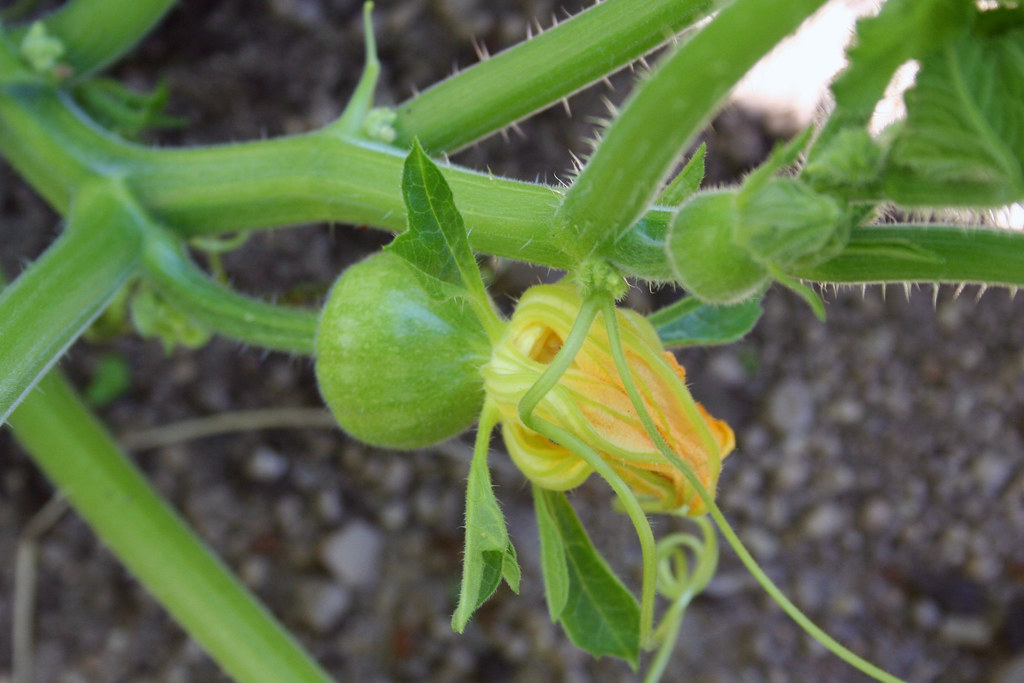
Seed Selection
Choose high-quality seeds from reputable sources. The USDA Agricultural Research Service provides valuable information on seed varieties suited for different regions at https://www.ars.usda.gov/research/project/?accnNo=433591. Look for disease-resistant varieties appropriate for your growing zone.
Starting Seeds Indoors
For a head start on the growing season:
- Begin seeds indoors 3-4 weeks before last frost date
- Use biodegradable pots (3-4 inches) filled with seed-starting mix
- Plant seeds 1 inch deep, 1-2 seeds per pot
- Keep soil consistently moist but not soggy
- Maintain temperatures around 70-75°F for germination
- Place seedlings under grow lights or in a sunny window after emergence
- Harden off seedlings gradually before transplanting outdoors
Transplanting Seedlings
Move your indoor-started seedlings outside after:
- All danger of frost has passed
- Soil temperatures reach at least 60°F
- Seedlings have developed 2-3 true leaves
- They’ve been properly hardened off for 7-10 days
Plant seedlings at the same depth as they were growing in their containers, being careful not to disturb the roots.
Common Challenges and Solutions
Pest Management
Keep your acorn squash healthy by managing these common pests:
- Squash bugs: Handpick and destroy; apply insecticidal soap
- Cucumber beetles: Use row covers; apply neem oil
- Squash vine borers: Place aluminum foil around stem bases; monitor for entry holes
- Aphids: Spray with strong water jet; introduce beneficial insects
The USDA Integrated Pest Management program offers science-based strategies for managing garden pests at https://www.ars.usda.gov/northeast-area/beltsville-md-barc/beltsville-agricultural-research-center/systematic-entomology-laboratory/docs/ipm/.
Disease Prevention
Prevent common squash diseases:
- Powdery mildew: Space plants properly; avoid overhead watering
- Bacterial wilt: Control cucumber beetles (disease vectors)
- Blossom end rot: Maintain consistent watering; add calcium if needed
- Mosaic virus: Control aphids; remove infected plants immediately
Harvesting Your Acorn Squash
When to Harvest
Harvest acorn squash when:
- The skin has turned dark green with a matte finish
- The spot where the squash rests on the ground turns orange
- The rind is hard enough to resist puncture by fingernail
- The stem begins to dry and cork
- Usually 80-100 days after planting
Proper Harvesting Technique
To harvest:
- Use pruning shears or a sharp knife
- Cut the stem 1-2 inches from the squash (don’t pull)
- Handle carefully to avoid bruising
- Cure in a warm, dry location for 5-7 days before storage
Storing and Using Your Acorn Squash

Storage Methods
Properly stored acorn squash can last 1-3 months:
- Store in a cool (50-55°F), dry location with good air circulation
- Place on shelves with space between each squash
- Check regularly for signs of softening or decay
- Avoid storing near apples or bananas (ethylene producers)
Culinary Uses
Enjoy your harvest with these preparation methods:
- Roasting: Cut in half, scoop out seeds, brush with oil, and bake
- Stuffing: Fill halves with grains, meats, or vegetables
- Soups and purees: Cook and blend for creamy soups
- Baking: Add cubes to breads, muffins, and pies
US Market for Acorn Squash
The US market for winter squash, including acorn varieties, has been steadily growing. According to the USDA Economic Research Service, domestic production of winter squash contributes significantly to the $6 billion US squash market, with acorn squash being a popular variety for both commercial and home cultivation. The demand for locally grown, organic produce has further boosted interest in home-grown varieties.
For commercial production statistics and market trends, visit the USDA Economic Research Service at https://www.ers.usda.gov/topics/crops/vegetables-pulses/.
Conclusion
Growing acorn squash can be a fulfilling addition to your gardening experience, whether you’re working with a spacious garden, containers on a patio, or even an indoor growing setup. By following the guidelines outlined in this comprehensive guide, you’ll be well-equipped to grow, harvest, store, and enjoy these nutritious and versatile squashes throughout the year.
Remember that successful acorn squash cultivation requires attention to proper growing conditions, regular maintenance, and timely harvesting. With patience and care, you’ll be rewarded with a bountiful harvest of this delicious winter squash that can enhance countless meals and provide excellent nutritional value for you and your family.
